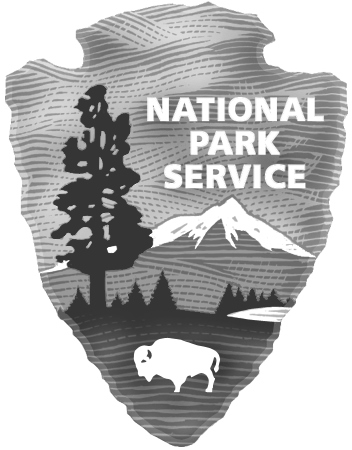The main idea behind this lesson is rooted in historiography: Who gets to write history?
Students will encounter a historic marker they have likely seen dozens - if not hundreds - of times in their lives, one they have driven by on numerous occasions and likely never given a second thought. The historic marker, however, clearly represents one point-of-view, that of Anglo-Americans, leaving another out, that of Native Americans. Interestingly, 77 years after the original marker was erected, the town board of selectmen voted to put up a new sign with the exact same language, as the original had completely deteriorated.
The landmark itself, in this case the marker, is integral to the students’ understanding of point-of-view. Three source documents will be utilized: a 1946 history of the town, a 2007 newspaper article commemorating the 315th anniversary and sign replacement, and the 1930 text of the marker itself. This lesson could be translated into multiple forms of local history.



